Surgical Periodontal Treatment – Dallas, TX
Personalized Treatments for Advanced Gum Disease
Sometimes gum disease has already done extensive damage to your smile that needs to be reversed. In other cases, periodontal work may be required to make room for a dental crown or an implant. Dr. Tunnell can offer many different kinds of periodontal surgery to treat gum disease and improve your overall oral health. Below, you can review our available options for surgical periodontal treatment in Dallas, TX; we invite you to give us a call if any of them sound like they could apply to your own situation.

Why Choose Central Perio for Surgical Periodontal Treatment?
- State of the Art Technology
- Comprehensive Periodontal Services
- Minimally Invasive Treatment Available
Functional Crown Lengthening
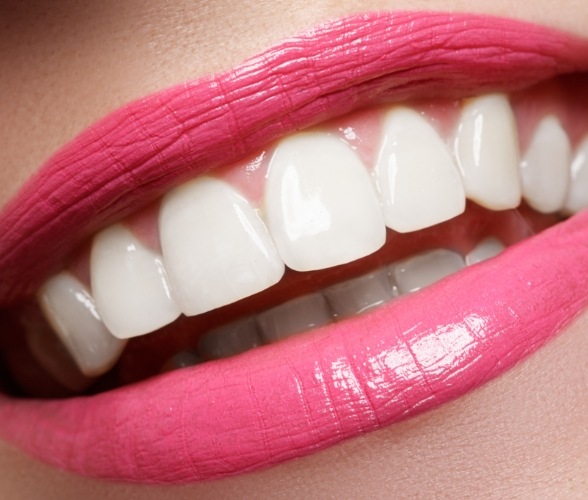
If you break a tooth below the gum line, or if there’s not enough tooth structure to support a restoration, functional crown lengthening may need to be performed before a restoration can be placed on the tooth in question. The procedure is very straightforward; we simply need to remove a small amount of gum tissue and adjust the gum line so that more of the tooth is exposed. This procedure often requires some reshaping of the bone to make sure the final restoration has proper support.
Bone Grafting
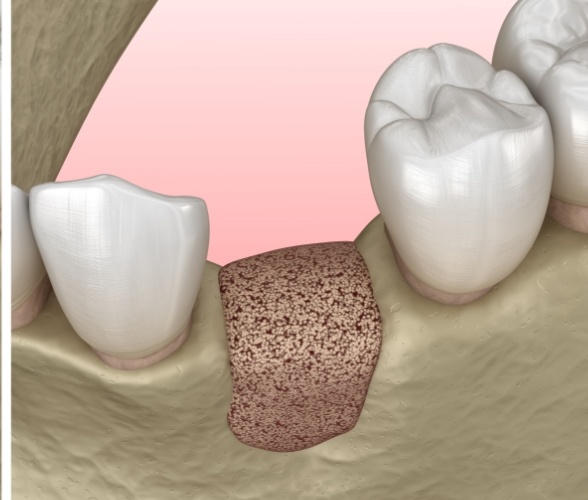
Bone grafting is a procedure that involves taking bone tissue and applying it to areas in your mouth where bone loss has occurred. This can be done for a few different reasons. It can be used to rebuild the jaw in areas that have broken down as a result of gum disease. It may also be necessary to use bone grafting to prepare the jaw so that it has the necessary strength and density to support dental implants.
Gum Graft Surgery
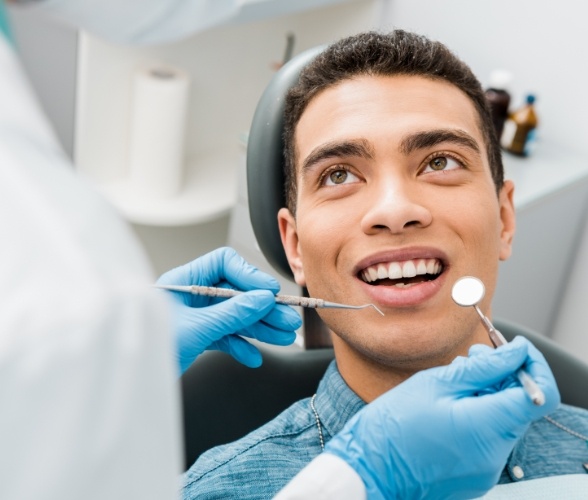
Gum disease can cause your gum tissues to pull away from the teeth. This is known as gum recession, and it’s a very gradual process that can lead to tooth sensitivity and other problems. We can cover the exposed parts of your teeth with a gum grafting procedure. We’ll take soft tissue from elsewhere in your mouth and redistribute it over the affected area. The most common gum graft is a connective tissue graft, where the tissue used for the procedure comes from the roof of your mouth. Other types of grafts may be performed based on your situation.
What Causes Gum Recession?
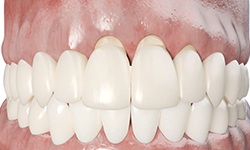
Gum disease is one of the most common causes of gum recession. When bacteria invade the gum tissue, they can cause it to become inflamed. Eventually, as the infection progresses, it can actually destroy the gum tissue, causing it to pull away from the teeth.
Other potential causes of gum recession include:
- Genetics
- Older age
- Overly aggressive toothbrushing
- Oral injuries
- The use of tongue or lip piercings
- Plaque and tartar buildup
- Smoking or the use of chewing tobacco
How Does Gum Graft Surgery Work?
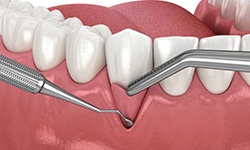
If your gums have receded to the point where your oral health is in jeopardy, you are experiencing significant dental sensitivity, or you simply wish to improve the appearance of your smile, we might recommend that you undergo a gum graft to reshape your gumline and cover your exposed tooth roots.
There are a few different types of gum graft surgery, including:
- Connective tissue grafts. This is when we take a bit of tissue from another part of the mouth, usually the deep layers of tissue in the palate, and attach it to the existing tissue at the site of the gum recession.
- Free gingival grafting. Instead of using tissue from beneath the palate, the grafted tissue is taken directly from the roof of the mouth. This type of graft is often used for patients with naturally thin gums.
- Pedicle grafting. A pedicle gum graft involves stretching gum tissue near the site of the recession so it covers exposed tooth roots.
Aftercare Tips for Gum Graft Surgery

Recovering from gum graft surgery can take 1 – 2 weeks or longer. To facilitate your body’s healing process, you should:
- Take pain medication as directed.
- Eat a soft diet that is free of items that could irritate your surgical site. For example, spicy and hot foods should be avoided.
- Keep your head elevated when you are resting.
- Apply ice or a bag of frozen vegetables to reduce swelling.
- Use gauze or a moist tea bag to manage periods of bleeding.
- Do not rinse or spit vigorously for the first day or two after your procedure.
- Do not use a drinking straw.
- Do not smoke.
- Resist any temptation to touch the surgical site with your tongue or fingers.
- Call our office if you have any questions or concerns at any point during your recovery.
Sinus Lift
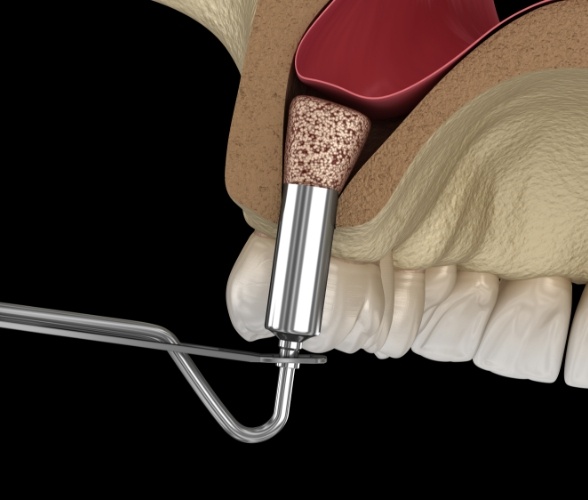
If you want to replace your upper back teeth with dental implants, the sinus cavity might get in the way of the area that needs to be treated. We’ll need to move it out of the way before placing the material for the graft. This is called a sinus lift, and it’s often a necessary step for creating enough space for a dental implant to be placed without affecting the sinus cavity. A sinus lift is similar to a regular bone graft, but it’s focused on one particular area of the mouth.
Pocket Reduction Surgery
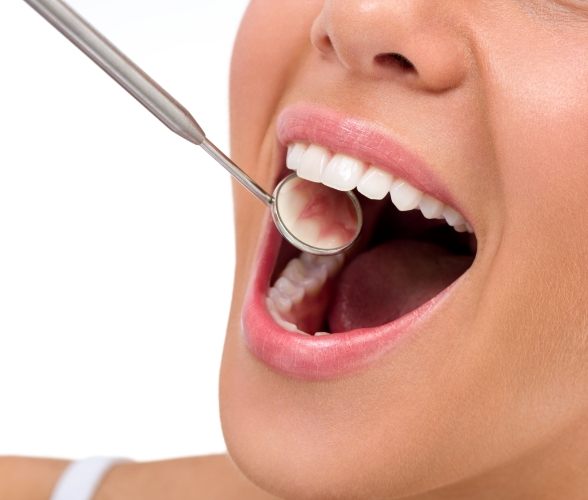
The bone and gums are meant to fit snugly around the teeth. Periodontal disease causes these tissues to break down, which causes periodontal pockets to form. These pockets are a target for harmful bacteria and can result in even further tissue loss to the point where you may start losing teeth. Pocket reduction surgery involves cleaning these periodontal pockets before securing the tissue into place so that the mouth can heal. The goal is to stop bacteria from doing any more damage while also allowing the gums to reattach themselves.
Bone/Soft Tissue Regeneration
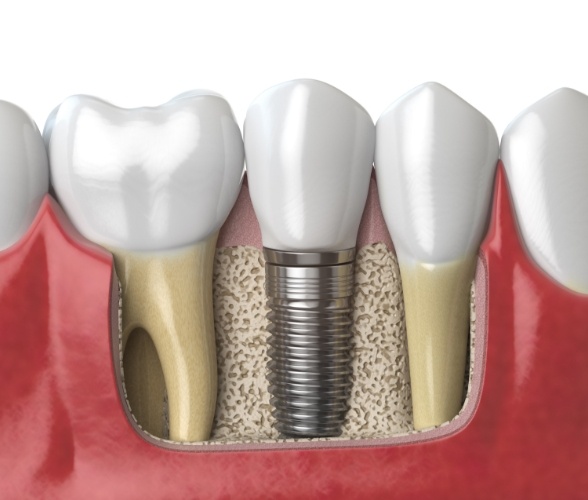
When periodontal disease has caused your jawbone or the soft tissue in your mouth to break down, we can use regenerative procedures to encourage the body to grow back what was lost. This involves folding back the gum tissue and removing any bacteria that caused the damage in the first place. Then bone grafts, tissue-stimulating proteins, or filters can be placed to accelerate the body’s recovery process.
Tooth Extractions

Removing a tooth is not a recommendation that any oral health expert makes lightly. When you still have a choice between keeping a natural tooth and having it removed and replaced, the former is always better for the overall health and function of your mouth. But there are times when teeth cannot be salvaged, at which point an extraction becomes the only option. A surgical extraction may involve the removal of some bone tissue, or it might call for dividing the tooth into several pieces so that it can be safely taken out of the jawbone.
Minimally Invasive Treatment

Dr. Tunnell has extensive experience that allows him to utilize minimally invasive treatment techniques for periodontal surgery. This approach takes a little more time, but it also minimizes discomfort and usually leads to better aesthetic results. If you would prefer a minimally invasive treatment, be sure to ask about your options during your initial visit. He always does what is best for his patients, and that means consistently personalizing his approach depending on the situation.
